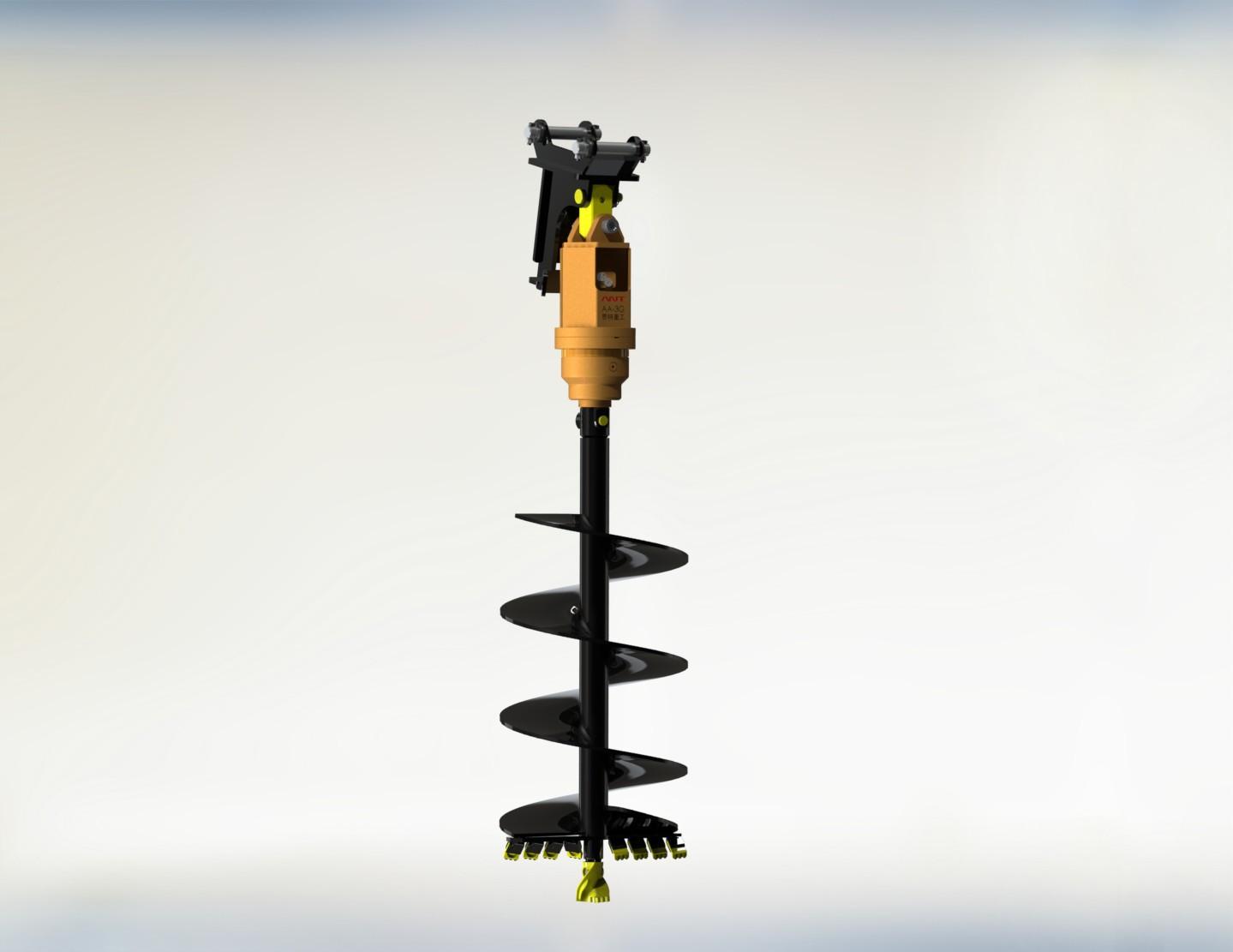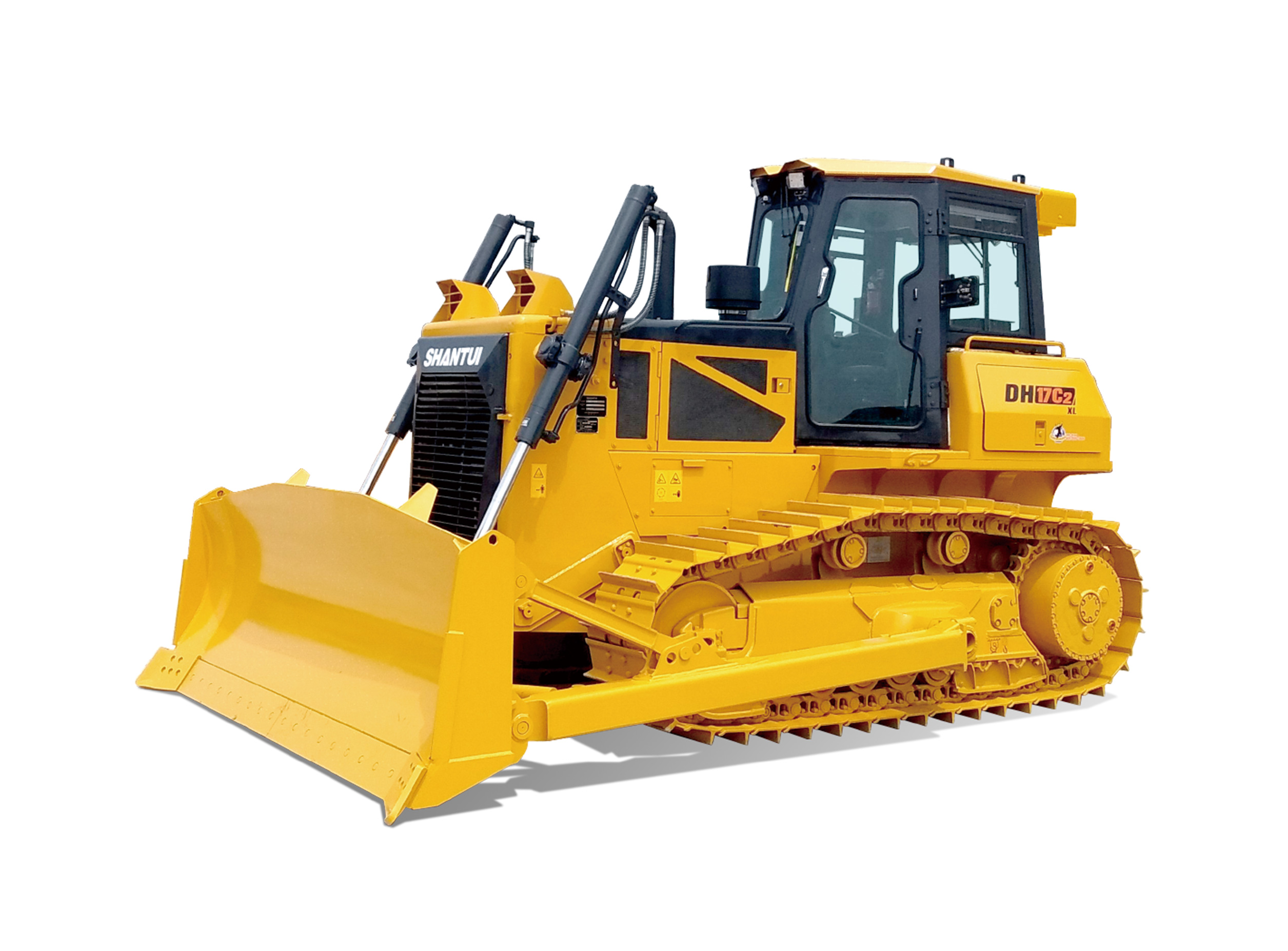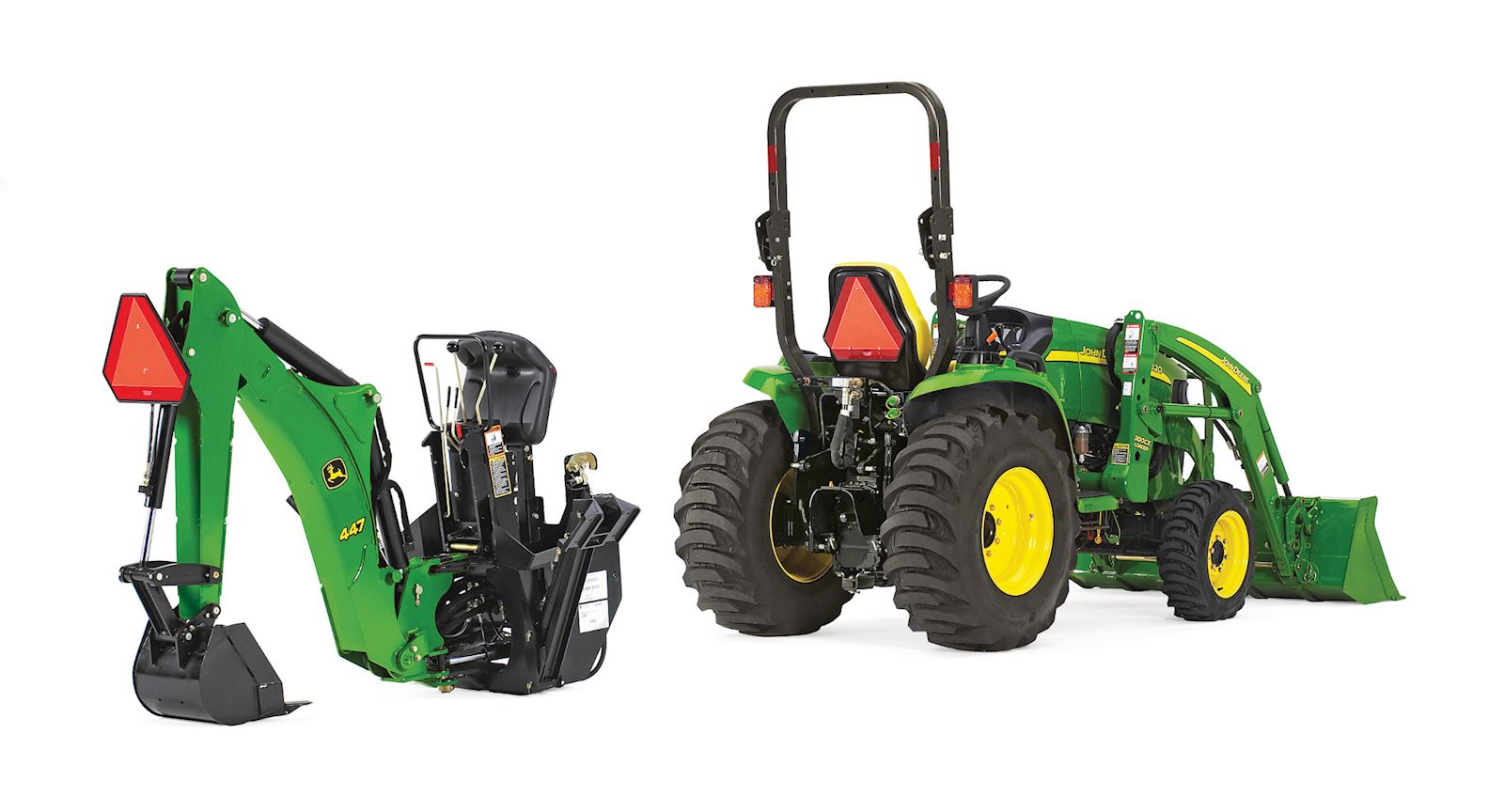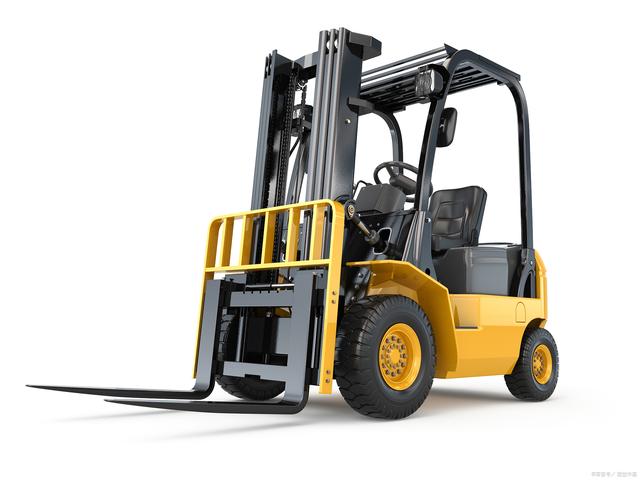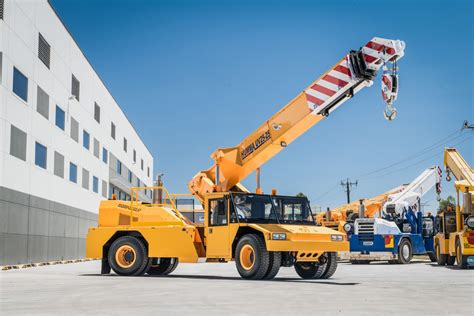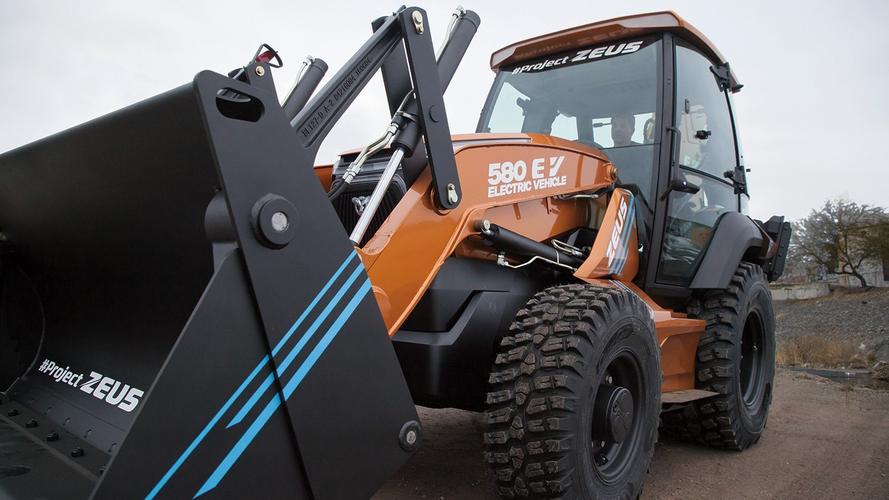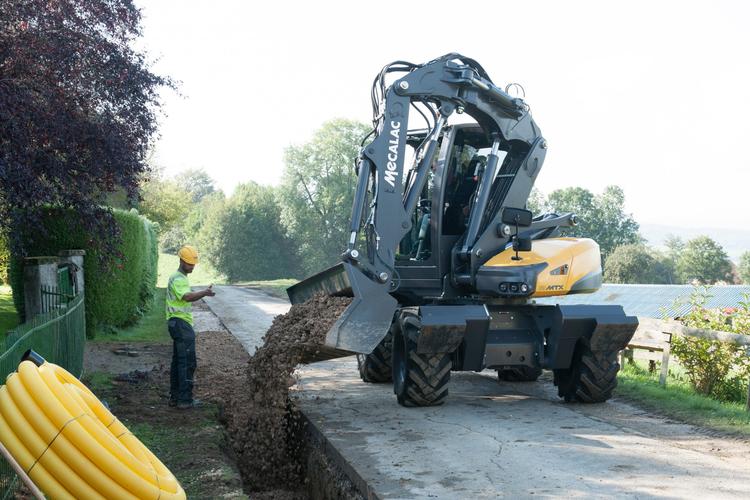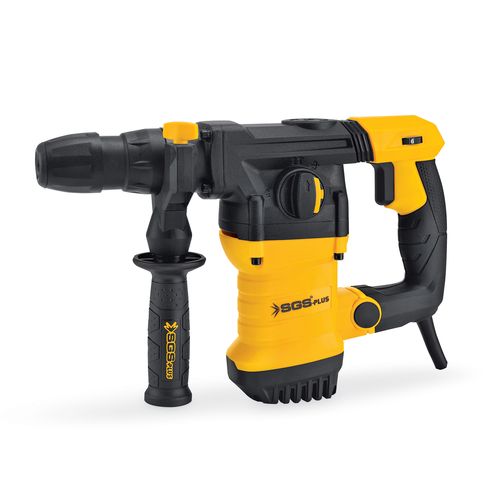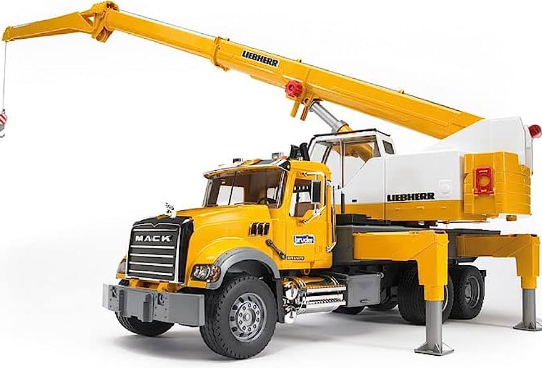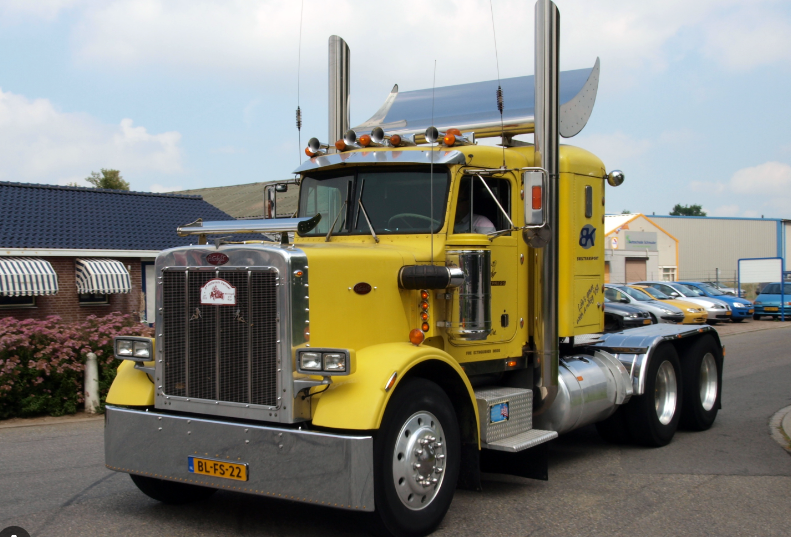how to store tractor implements
Release time:2023-07-14 20:00:22
Page View:
author:Yuxuan
Storing tractor implements can be a challenging task for many farmers. Not only do these implements take up a lot of space, but they can also be quite heavy and difficult to move around. However, proper storage of your tractor implements is essential if you want to ensure their longevity and keep them in good working condition. In this article, we will take a look at some tips and tricks for storing your tractor implements.
Clean and Inspect Your Implements
Before storing your tractor implements, it is essential to give them a thorough cleaning to remove any dirt, debris, or rust that may have accumulated on them. By doing so, you can prevent rust from continuing to corrode your equipment and also identify any potential issues that need to be addressed before storing.Once you have cleaned your implements, inspect them closely for any visible signs of damage. Check the bolts, bearings, and other moving parts to ensure that they are not loose or worn out. Repair any damage or replace worn-out parts before storing the implements.Store Your Implements Indoors if Possible
Storing your tractor implements indoors is the best way to protect them from the elements. If you have a large shed or barn, you can store your implements there. Make sure the building is dry and free from pests. Pest infestation can cause considerable damage to your implements, so inspect the building regularly for signs of pests and take measures to keep them at bay.If you do not have indoor storage space, consider covering your implements with tarps or other protective covers to prevent them from getting damaged by rain, snow, or other weather elements. Keep in mind that using a cover to protect your implements is only recommended if you can’t store them indoors; covers cannot guarantee full protection.Organize Your Storage Space
Organizing your storage space is essential to maximize storage capacity and make it easier to access your implements when needed. Keep your implements organized by grouping them according to their type. For example, all the plows and harrows should be stored in one area, while the cultivators and seed drills should be kept in another area. Label each storage area so that you can quickly identify where each implement is stored.Additionally, consider investing in storage racks or shelves to maximize the space available in your storage facility. This will help you keep everything organized and make it easier to access your implements when needed.Take Precautions for Long-Term Storage
If you plan to store your implements for an extended period, such as during the off-season, it is crucial to take extra precautions to ensure that they remain in good working condition. One of the most important things to consider is the lubrication of moving parts such as bearings, hinges, and cables. Apply a thick layer of grease or oil to prevent corrosion and rust.It is also essential to remove batteries from any implement that requires a battery for operation. Leaving batteries connected can cause them to deteriorate over time, resulting in significant damage to your implements.Conclusion
By following these tips, you can ensure that your tractor implements are protected from damage and will be at their best when you need them. Proper storage is critical for the longevity of your implements, and it's worth making the effort to keep them in good working order. Remember to clean and inspect your implements, store them indoors if possible, organize your storage space, and take precautions for long-term storage to preserve your investment.

